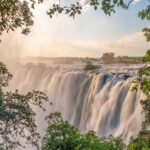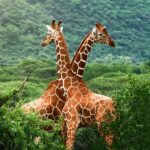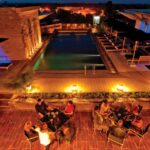Have you ever imagined seeing an elephant wander across a dry riverbed in a landscape of rock and sand rather than lush jungle?
I have, and I finally lived it on a journey to north-western Namibia where the elusive desert-adapted elephants roam.
I discover that the real heart of travel isn’t ticking off destinations; it’s deepening our relationship with the wild world and with ourselves.
Travelling to track these gentle giants changed me. It wasn’t just how beautiful the desert was or how exciting it was to see a long-legged elephant moving across the horizon. It was what I knew about how life is connected, how to be strong, and how to change.
This kind of trip offers something rare if you want to have meaningful experiences and go on adventures that feel both brave and grounded.
Here’s what you need to know about tracking desert elephants in Namibia.
Desert Elephants in Namibia

Tracking desert-adapted elephants in Namibia is not a commercial safari with hordes of tourists and guaranteed sightings. It’s wilderness, patience, humility.
The herds we seek are few in number, moving through vast tracts of land in one of the driest habitats on earth.
It’s been said that the elephant population in the Kunene region can travel tens of kilometres in search of water and food.
These elephants are living symbols of adaptation and survival. It makes us think about how we can change and move forward when things get harder and the map isn’t fully drawn. In real time, in Namibia’s red earth, you’re walking (or driving) into that metaphor.
Meet the Desert-adapted Elephants
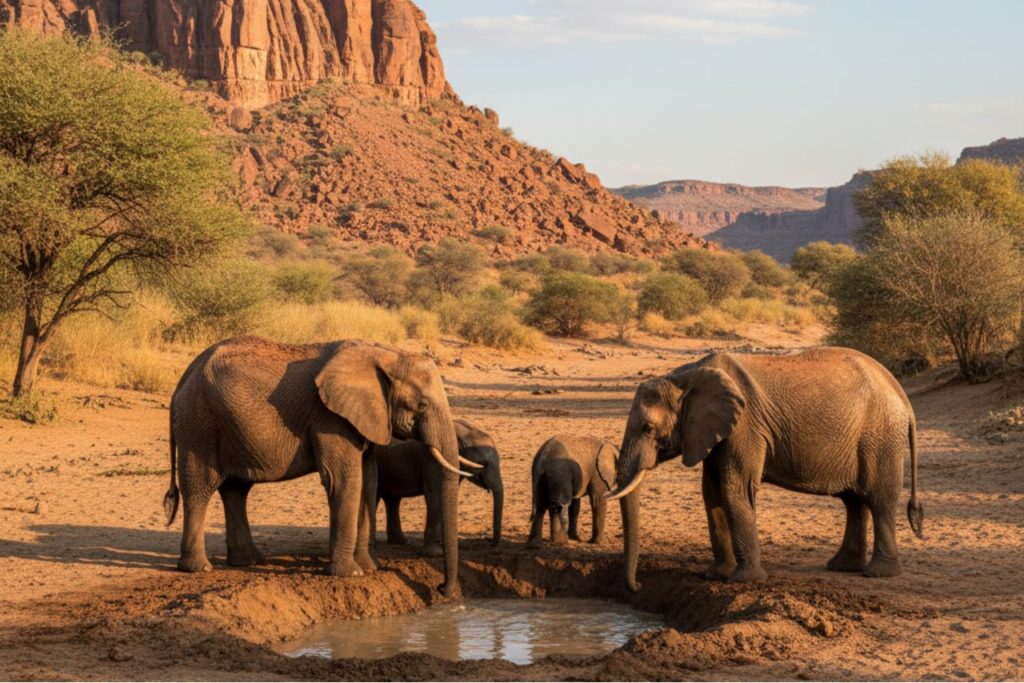
These are the elephant herds that live along the northwestern riverbeds of Namibia. The Desert-adapted elephant is not a separate species; it is a smart version of the African savannah elephant that has been adapted to live in rough terrain.
You’ll notice that they have longer legs, wider feet, and leaner bodies. These are adaptations for walking on sand and rocks and for long trips between places where water is hard to find.
They have amazing ways of staying alive. In dry seasons, they might only drink once every three to five days, digging down into dry riverbeds to find water and walking for hours on end.
And their range? Huge. They move around the short-lived rivers of the Huab River, Hoanib River, and others in Namibia’s Damaraland and Kunene Region.
For me, seeing one of these animals up close was humbling. Their presence says, “We will continue. We will find water. We will adapt.” As a woman travelling alone, I felt a kinship there.
Where and How to Track Them
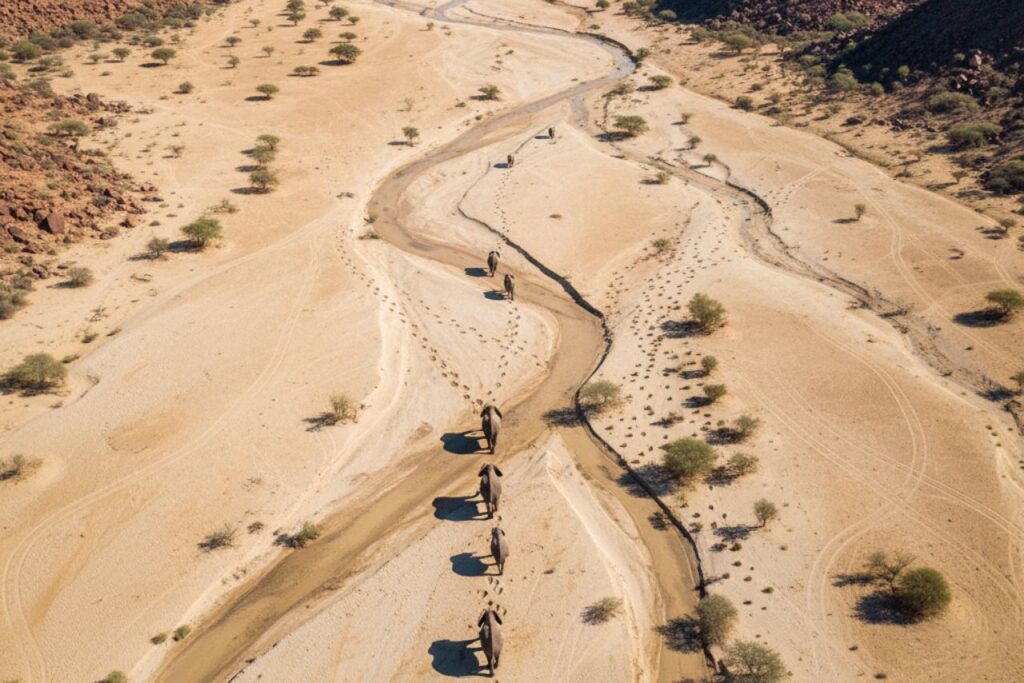
Location & Terrain
The best places to see these animals are in northwestern Namibia, especially in Damaraland, the Kunene Region, and near the Skeleton Coast.
You will often walk along dry riverbeds, which are beds that don’t flood very often but are still the elephants’ lifeline. For example, the Huab River is a big river that only flows for a short time in this area.
What the Tracking Experience Looks Like
- Early morning 4×4 game drives are common. Sometimes, you will drive along a riverbed searching for signs of elephants with a guide and tracker.
- The terrain is rugged, not always smooth tracks. Be prepared for sandy corrugations, boulder-strewn riverbanks, and remote valleys.
- Patience is essential. These elephants move long distances, so sightings aren’t guaranteed.
- When you do see them, like under a mopane tree or near a spring, or even lying down (yes, they do lie down), it feels like a gift.
Best Time to Go
While dry season travel is often easier (because the rivers are dry and the terrain accessible), you’ll also need to factor in weather and daylight hours. Many safari guides recommend visiting between April and November.
Choose an Ethical, Skilled Guide
Choose a camp or lodge with experienced trackers who are familiar with the area, the elephants’ migration routes, and how to get close safely. The terrain is far away and needs to be handled by someone who knows what they’re doing. Also, it’s important to respect the elephants, not bother them too much, and have a conservation mindset.
Why Tracking Desert Elephant One of the Most Meaningful Adventures
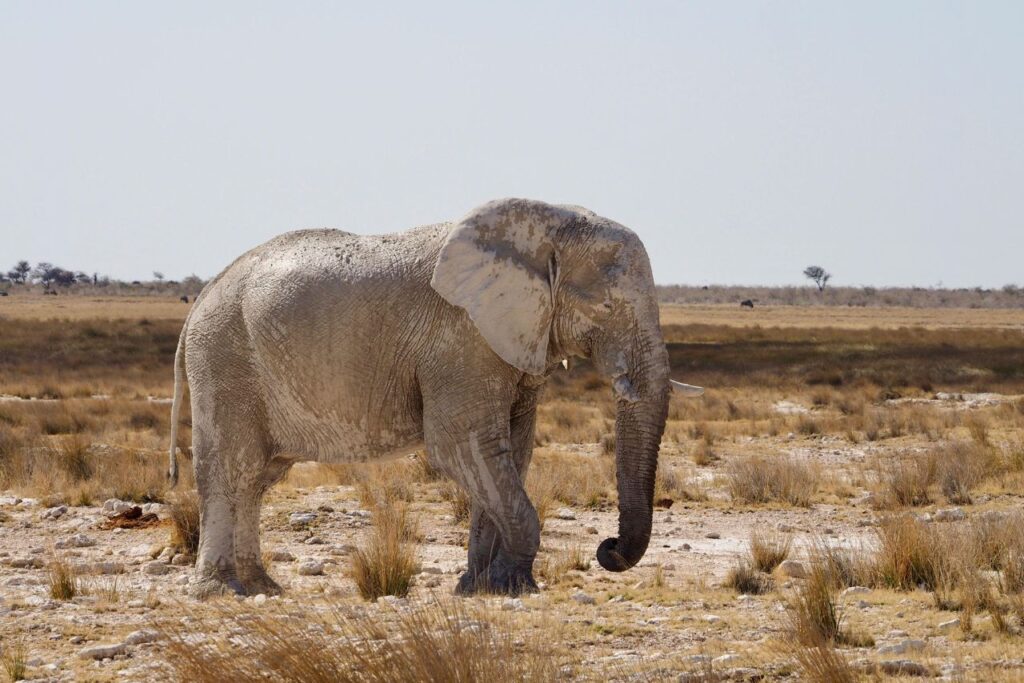
I saw a lean bull elephant walk carefully over sand and rocks, and I thought, “This isn’t just about strength; it’s also about being able to change.” It was very comforting to see that elephant walk on in such rough terrain.
Connection With Conservation
These herds are living reminders of ecosystems that are in danger and the fragile balance between people and animals. Even though this isn’t a trip just for conservation, your presence as an aware visitor helps the area promote sustainable tourism.
A Travel Experience That Slows You Down
This is not a fast ride. It’s thinking on wheels. It’s cold at dawn, the sand crunches, there’s a lot of open space, and the stars come out at night. I found it restorative. For someone like me, that slower pace and time to think are priceless.
Practical Tips for Travellers
- Health & fitness: You don’t need to be a mountaineer, but being in good walking shoes, being able to climb in/out of 4×4 vehicles and being comfortable in remote locations helps.
- Clothing: Layers matter. Deserts can be chilly in the morning and hot by midday. Sun-protection (hat, sunscreen, sunglasses) is essential.
- Gear: Binoculars, a camera, a water bottle, and probably a notebook.
- Accommodation: Remote lodges or camps. Some offer more luxury; others are very rugged. Pick what suits your comfort level but don’t expect big city amenities.
- Respect the wild: Follow guide instructions, stay inside vehicles when required, and appreciate distance.
- Mindset: Be open. Some days you might not locate a herd and that is part of the experience. It teaches patience, presence and humility.
- Sustainability: Consider supporting camps that work with local communities with low-impact tourism. Ask how they are helping conservation and community co-existence.
What My Tracking Desert Elephant Itinerary Looked Like
- Arrival at Windhoek or Walvis Bay: Acclimatise and meet your guide.
- Transfer to Damaraland / Kunene Region: The drive is part of the adventure, with mountains, riverbeds, and sweeping desert vistas.
- 4×4 morning drives & tracking: Early departure into dry riverbeds such as the Huab or Hoanib, seeking elephant signs.
- Adult moments & storytelling: At camp, share evenings around the fire under vast star fields and reflect on the day’s journey.
- Cultural interaction: Some trips offer visits to local community homesteads, seeing the human side of living alongside desert wildlife.
- Departure day: Return to the “civilised” world, but you will carry new impressions, slower rhythms and a sense of something deeper.
Final Thoughts
If you’re looking for an adventure that’s not flashy but deeply meaningful, tracking desert-adapted elephants in Namibia offers something rare.
This is wilderness, stripped of the usual trappings, where one elephant matters, where the riverbed is the highway, and the stars are your nightly companion.
The journey asks you to slow down, listen, adapt, and reflect. It’s a movement toward fewer certainties, deeper connection, and a new chapter of life where purpose, not pace, matters.
Go with patience, and with respect. When you see a desert elephant walking over rocks and sand with the calmness of a prairie, you’ll remember that flexibility, strength, and grace are not just traits of the wild; they are also ours.




